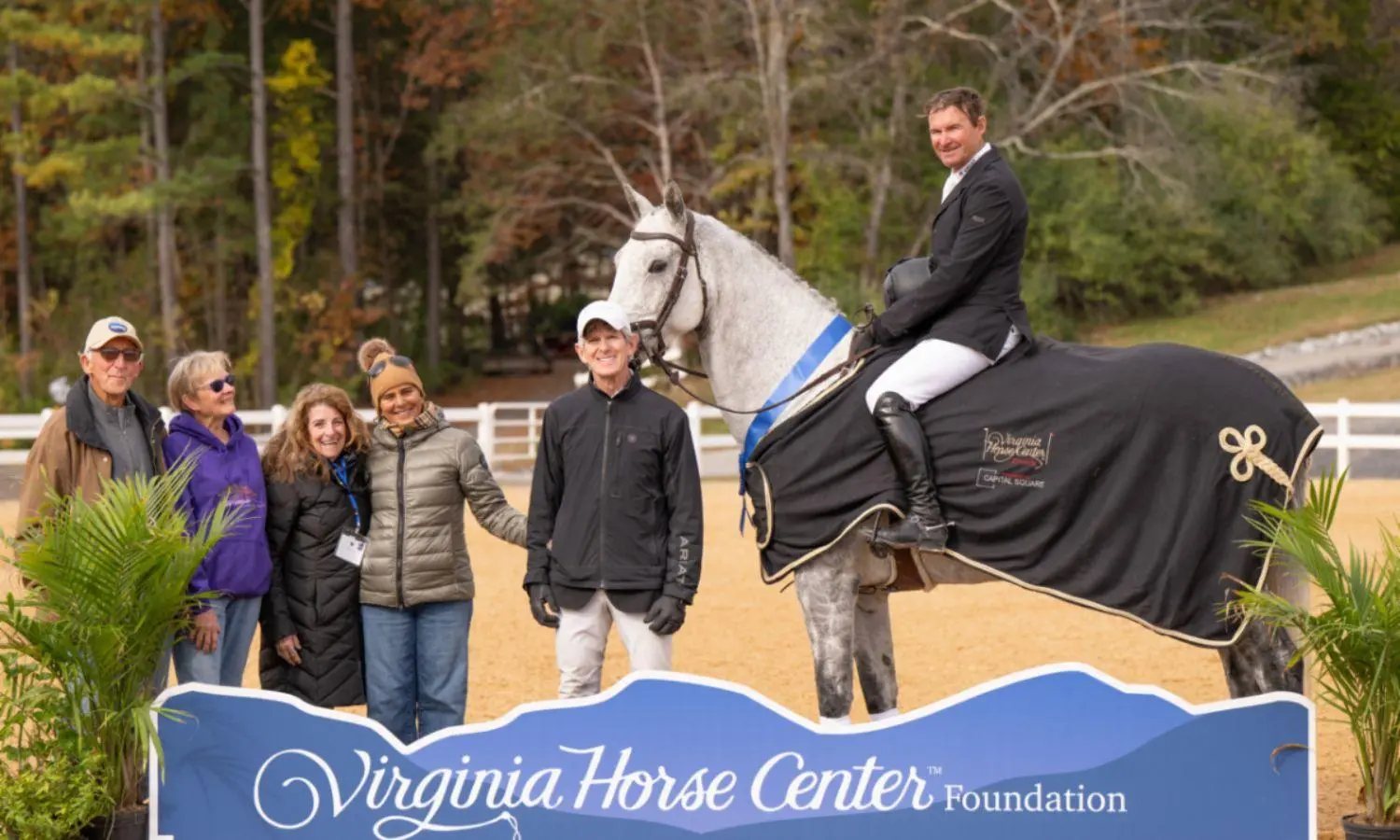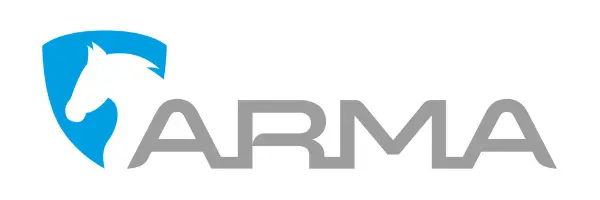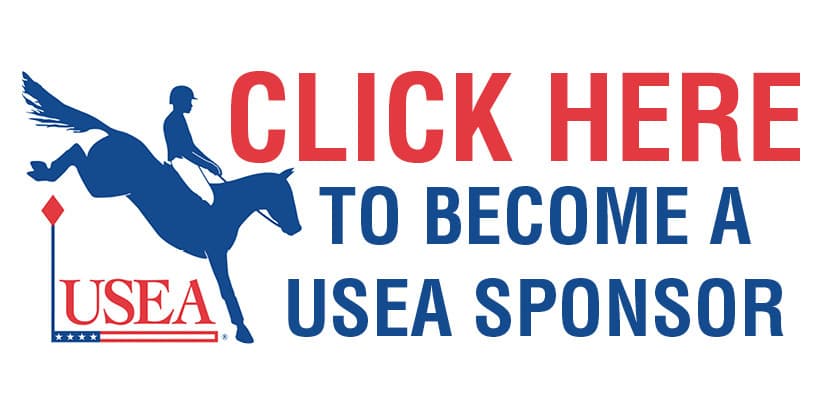Highlights from Thursday at USEA Annual Meeting & Convention
Today at the USEA Annual Meeting and Convention in Scottsdale, Arizona, there were a wide array of meetings and seminars. Here are just a few of the meetings that took place today:
Professional Horseman's Council
Educational Horsemanship Clinics - The general consensus of the PHC was that there appeared to be a serious lack of horsemanship in the current sport, particularly those at the one-star level and above. Many of the pros get the chance to see hundreds of riders across the country, and as one horseman said, "As professional horsemen, we should be helping the next generation become better horsemen." Likewise, Karen O'Connor added: "We're not developing horsemen anymore."
Many thought there appeared to be an educational gap between those who had competed in Training Three-Days, where educational clinics are held, and those who have recently moved up the levels without participating in these types of events. The one-star level of the sport seemed to be the most appropriate place for these types of educational seminars to take place, and it would be modeled after the Training Three-Day program, which concentrates strongly on education and safety. Jon Holling added, "Horsemanship doesn't stop at the long-format."
Bobby Costello said perhaps they could put together a reading list for competitors; additionally, Max Corcoran suggested a video series concentrating on the horsemanship skills needed for upper-level riders. Corcoran will also be leading a working group to help get such a program started. The USEA media team will be assisting the group with these videos, and will likely have them on the USEA website as resources for riders.
Increasing size of Advanced and Intermediate divisions - Phillip Dutton brought up the rule that if an event has more than 40 competitors in an Advanced or Intermediate divisions, the organizer must split it. Dutton argued that this rule makes it hard for riders to compete against international countries in FEI classes, where divisions are not split. Plus, from a promotional point-of-view, it's more difficult to get sponsors to support divisions when they're split into multiple classes.
Riders hoped that perhaps the organizers could have the option of leaving the division as a single class even if the entries exceeded 40 riders. There were, of course, other ideas to consider, such as how this would affect the points system, and whether or not this could cause time concerns, especially for one-day events. Many felt this would make it economically easier on the organizers, since they would only have to order one set of ribbons and also provide prize money for just the single division, instead of multiple ones.
For the rule to go into place, the PHC must draft and submit a rule change proposal for next year, and the earliest the event could go into effect would be 2013. Since this is not a safety issue, it couldn't be an extraordinary rule change to go into effect immediately. The PHC plans to pursue this issue, and indeed work on a proposal.
The Watch List for Dangerous Riders - The question was raised, "Is the watch list working?" So far, out of the thousands of starters that have competed this year, only four riders have been reported. The system is in place, "but have we been using it as much as we should?" questioned Jon Holling.
Currently, if a rider is reported, Mark Phillips will contact the rider via a phone call, and chat with them about why they were reported and what the rider plans to work on to make their riding less dangerous. See the Watch List explanation on the USEF website to learn more.
"We need to ramp this program back up.There were more horse falls this year than last," said Karen O'Connor, "and we're trying to prevent horse falls, not react afterward."
Many felt that there needs to be more consequences to make the riders understand the seriousness of being reported, with some even suggesting fines or having the Watch List made public (currently it is not public).
As the protocol currently stands, Phillips only notifies the rider that they've been added to the list. Nearly everyone felt that coaches and parents should also be contacted as well--really, anyone who signs the back of the entry form, which would include owners as well.
Holling also wanted to stress that anyone can go up to an official at the event to give them a heads-up about a potentially dangerous rider, not just those who are appointed as "watchers."
The PHC plans to work with the USEF Technical Committee and put forth proposed changes to the Watch List system which would include riders automatically being added to the Watch List if they're contacted, more follow-up with contacted riders, and making sure that everyone who has signed the back of the entry form is contacted (not just the rider).
Review of Officials and Competitions - Marilyn Payne, a top-level official, told that the PHC that she hears lots of complaints about the behavior of officials. She wanted to make sure that everyone knew there are forms that riders can fill out if they issues with any officials. Payne also added that if an official has three complaints in their file, then they are under review.
The need for CIC1* divisions - The was some discussion as to whether or not CIC1* divisions are needed, since the qualifiers do not count for anything, "What are the incentives to hold these divisions?" asked one member. Holling added that the CIC1* actually counted as a qualifier for the Central American Games, which were helpful for his Puerto Rican riders who competed in that event this year.
Distribution of Year-End Points - Doug Payne brought up an issue about the distribution of year-end points, since it seemed that some riders in larger divisions, particularly on the East Coast, weren't given the same opportunities to earn points as other smaller divisions in other parts of the country. One person suggested bonus points for riders who completed events on their dressage score--similar to the Adequan USEA Gold Cup points system.
A working group was set up, and several members of the PHC will work to find a solution.
Review of Warm-Up Rule Change - Jon Holling pointed out that last year's rule change regarding warm-up jumps will be going into place. Organizers must have two verticals and two spreads for show jumping warm-up, and for cross-country warm-up they must provide one solid cross-country fence.
Future of Jersey Fresh - Marilyn Payne told the audience that Jersey Fresh will be running next year, but the organizers would appreciate more feedback from riders. They're worked on several of the issues that have been brought up, including course design and stabling, and are also hoping to add more division. However, the addition of divisions would mean they would run into issues with the Area II calendar, since there are other events that weekend nearby. Jersey Fresh will also be running Young Event Horse classes as well as a CIC2*.
Charles Owen Technical Merit Awards - Three years ago, at the USEA Convention in Colorado Springs, Gina Miles, Peter Gray, and Darren Chiacchia created a technical merit award program for cross-country riding. The program targets lower levels, and is a type of "safe style award" for riders who use correct position, balance, stride length, etc. on cross-country. Charles Owen has been a proud sponsor of this program, awarding winners excellent Charles Owen products such as helmets and body protectors.
"It's been a great success, but we'd like to push it up to the next level," said Peter Gray. "We'd really like to appeal to organizers and ICP III/IV to support this program."
So far, the program has only be enacted at a few events, but the hope is that they will be awarded in at least one event in each Area, as well as the USEA American Eventing Championships.
Riders are able to keep the scoresheets at the close of the event, and many have found them to be highly educational.
New Return-to-Play Rule: There is a proposed rule on the table about the return-to-play policy. Riders can take a cognitive skill test online (when they're healthy), which will be stored, and then if they suffer a concussion at an event, they can re-take the cognitive test which will be compared to their scores from the original. When the rider can match their "healthy score," they are allowed to return to eventing, if not, they must take a mandatory 7-21 days off the playing field, depending on how bad they were concussed.
Active Athletes - In the Area Affairs meeting, Area members felt that Young Riders and Adult Riders were well-represented, however, the Active Riders are not, especially now that the PHC group has been formed.
New Helmet Rule - Jon Holling wanted to make sure that the PHC members were aware that a new rule proposal will be going forth, requiring all riders mounted at an event to wear an approved helmet in all phases. No more hunt caps! "Personally, I support it," said Holling.
USEF Active Athletes
2011 World Cup - Since there's no World Cup Final this year, and the U.S. only has two World Cup qualifiers (Red Hills and Rebecca Farm), the question was raised whether or not riders would be supporting the World Cup Series this year. With HSBC title sponsor pulling out, that left a huge financial burden on the organizers to be able to fulfill the allotted prize money requirements at each event ($30,000+), plus they must contribute to the money pool for the year-end winner.
Many felt that the organizers, as well as the riders, wouldn't really get anything out of this system. Only the top best three results would count for the riders, therefore they wouldn't be nearly as competitive in the series as the Europeans, who have better access to multiple World Cup events. Therefore, the general consensus was that the U.S. riders would be declining to participate this year.
Pan American Games - Though we know the date, venue, and other such information about the upcoming Pan Am Games in Mexico next year, there are still many facts that have not yet been confirmed. The USEF hopes to use this opportunity to send a young and up-and-coming team (or senior riders on young horses) to these Games, instead of top four-star team riders. However, because of the Ted Stevens Act, if riders apply and they are found to be the top candidates for the position, they must be picked. So, the question is - do certain riders decline to apply? Also, U.S. chef d'equipe Mark Phillips said, "There's a high probability that none of the Pan Am horses will be going to the London Olympics."
Since the Pan American Games next summer will only be at the two-star level, the question was raised as to whether it's appropriate for those riders to earn team jackets. Some felt that show jumpers have more opportunities to be able to earn team positions in international competition (for instance, at each Nations Cup event). But even though riders participated in a team competition at Boekelo CCI3* back in October, no team jackets were awarded to the U.S. riders. This is also the case with the NAJYRC--though the riders are representing their country they are not awarded team coats, and instead receive shields to attach to their show coats.
David O'Connor argued that the Pan Am Games and Nations Cup events are CCIO competitions--the NAJYRC and Boekelo were both CCI events. "There's a bright and shining line between these two types--there's a different level of preparation and support," added O'Connor.
Also, there will be a test event for the Pan Am Games, but the date is still to be determined. The U.S. does not plan to send any riders. John Williams will be the cross-country course designer. "The course is on a gently rolling golf course, and it's quite nice," said O'Connor.
2012 London Olympics - The test event for the Olympics will be next summer right before the British-based Barbury International Horse Trials, and it's yet to be announced whether the U.S. will be shipping horses to compete, or utilizing the American-based contingent who are planning to train in England next year.
There are also plans to send over a group of eight to ten possible team riders who can witness the test event. "It's a relatively small venue, and the terrain is brutal, with a massive hill on course," said O'Connor as he described the Greenwich course. "We'll need to see the effect of the hill, and how it will impact the selection and fitness of horses. It's important for people to see it and understand what's involved." Also, the test event will be a two-star.














